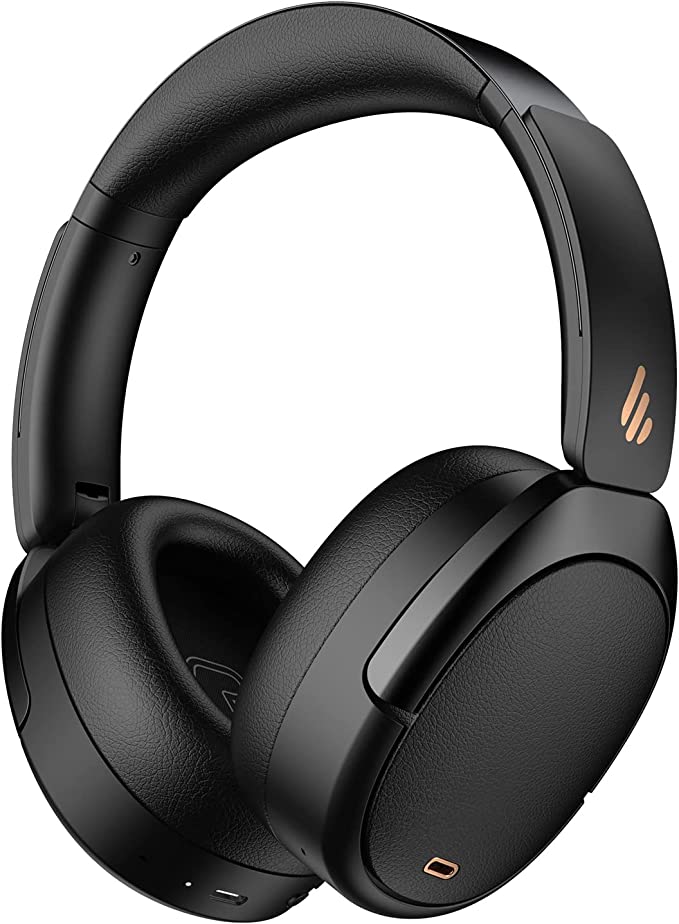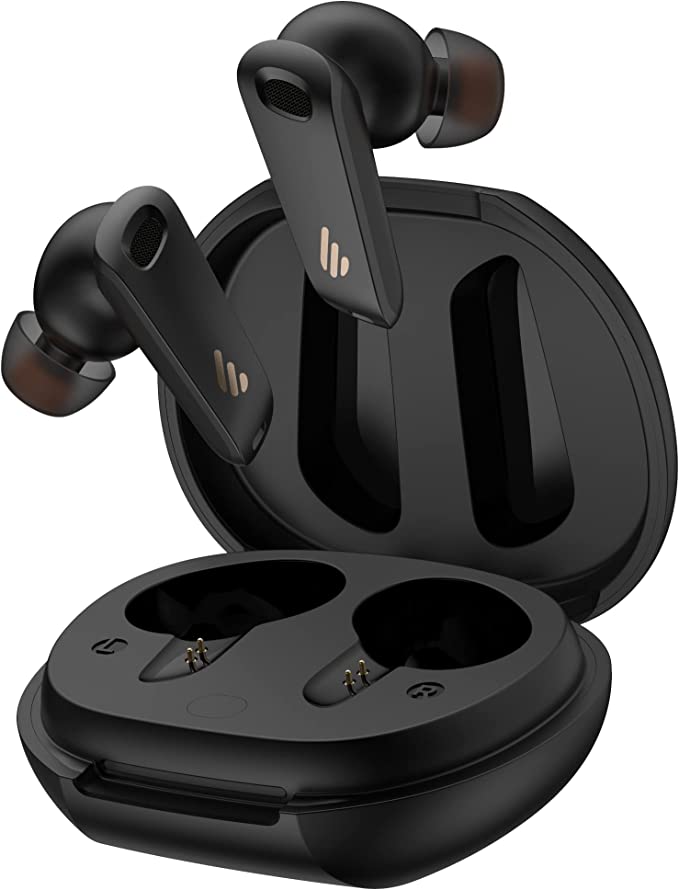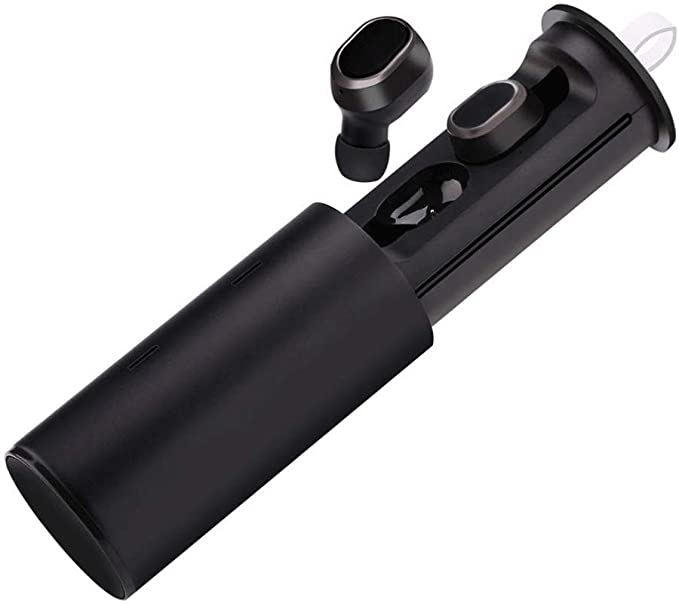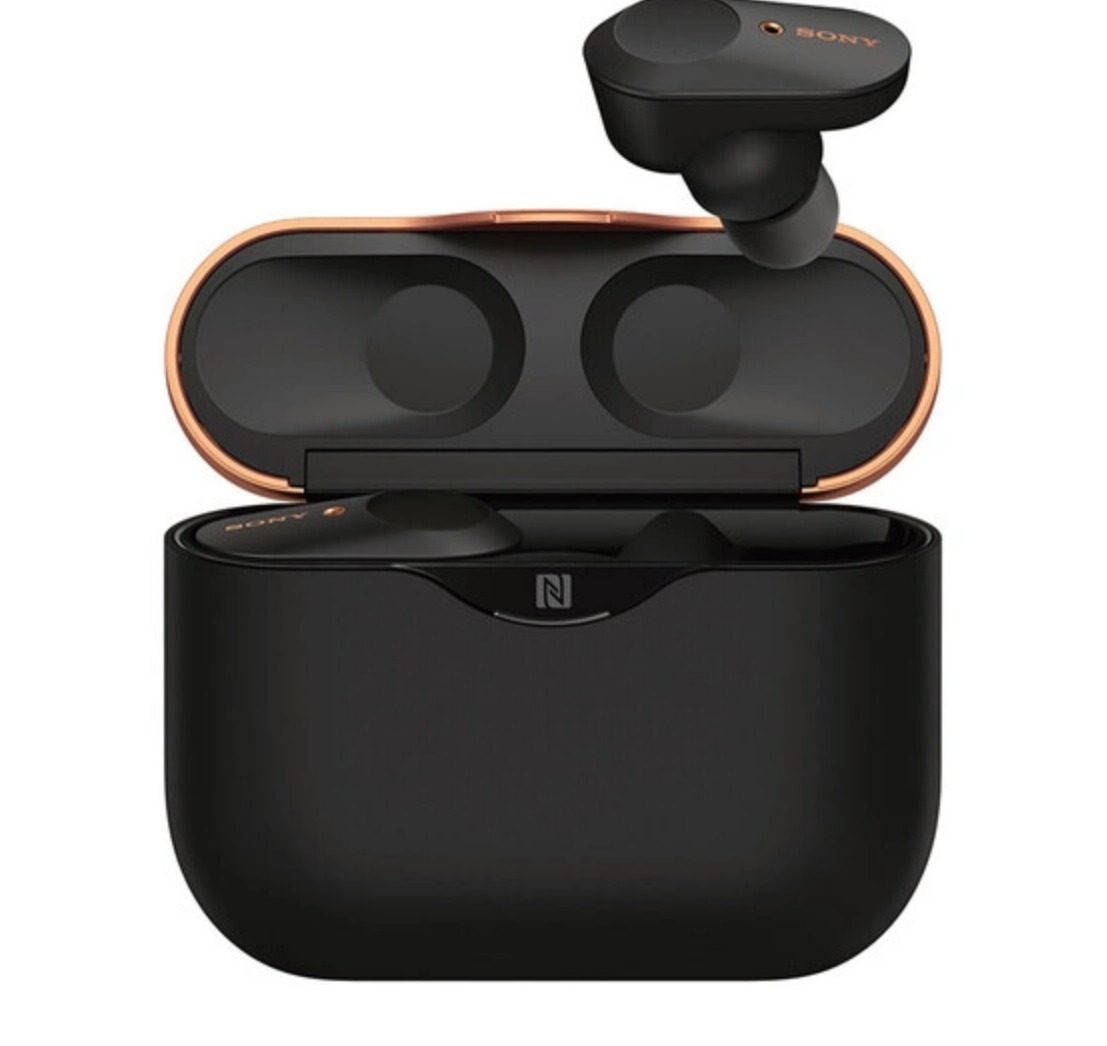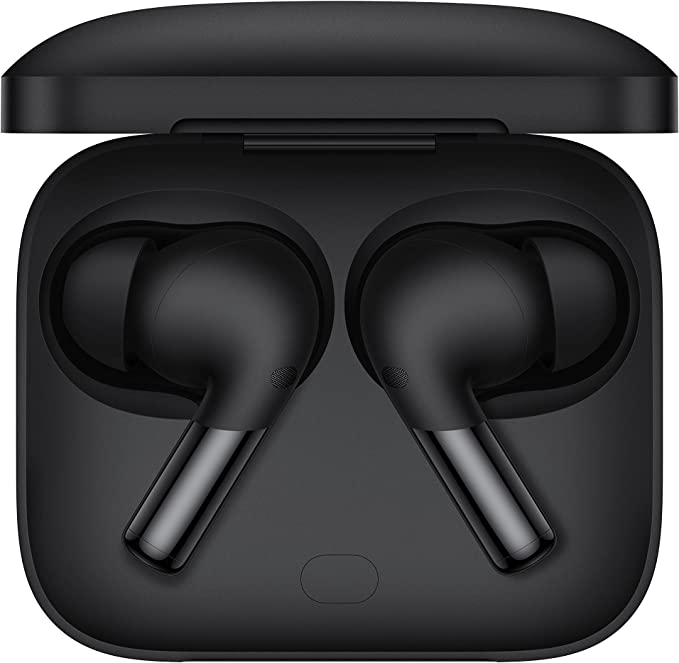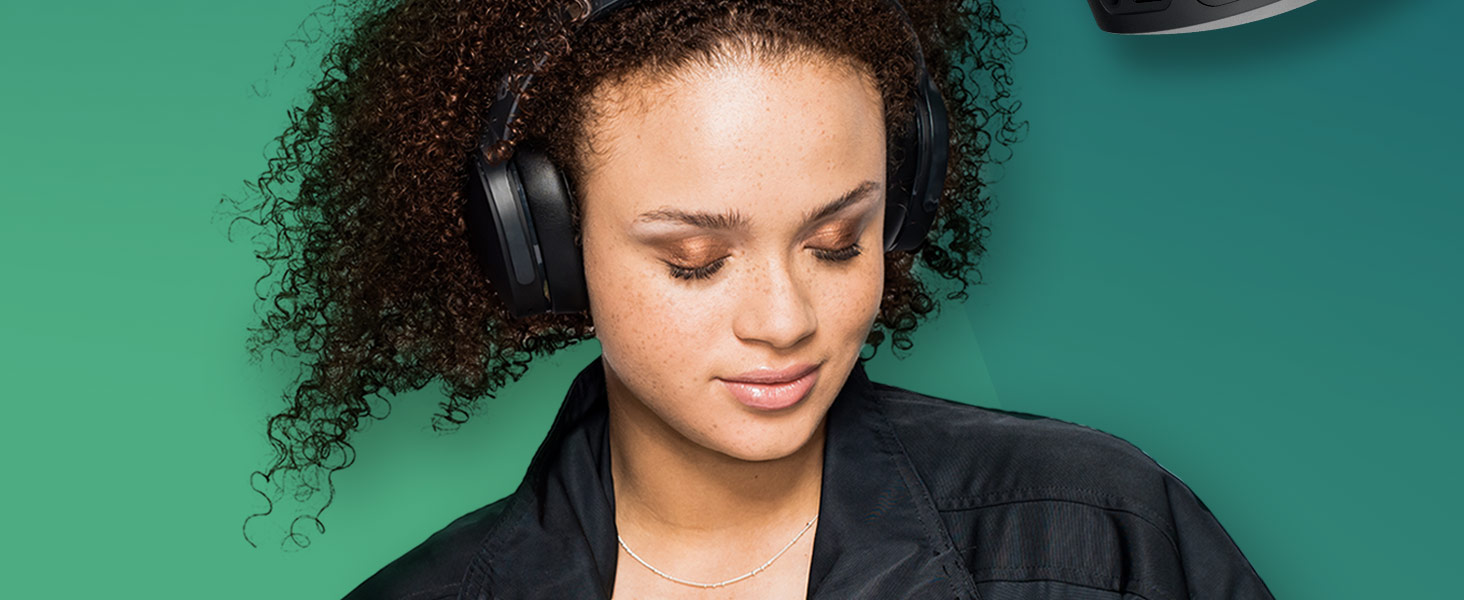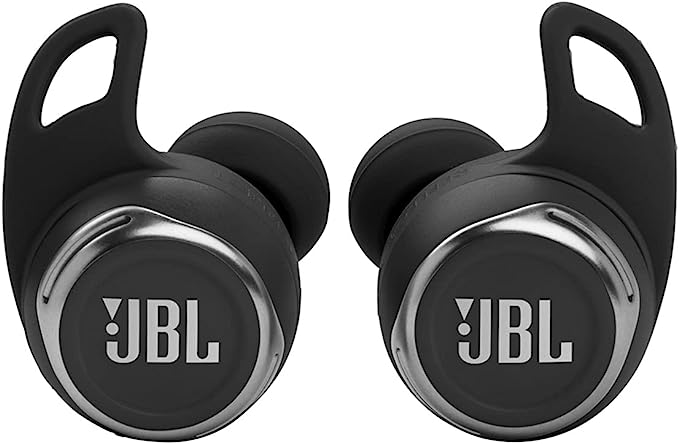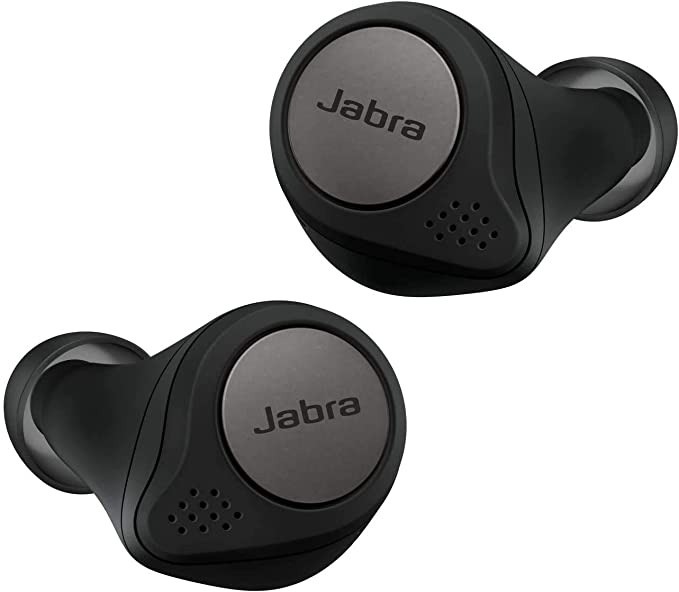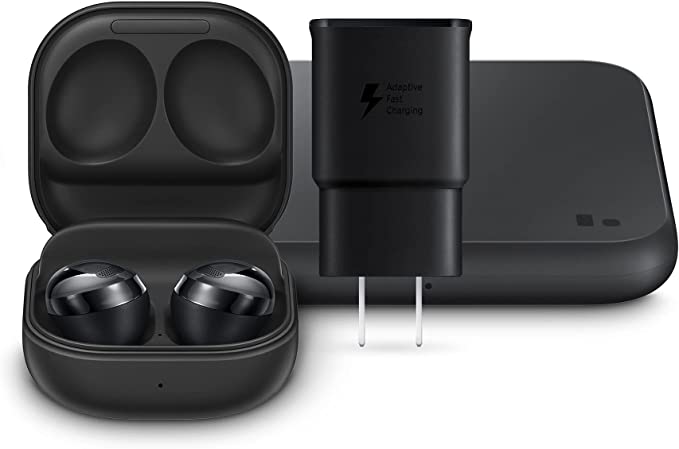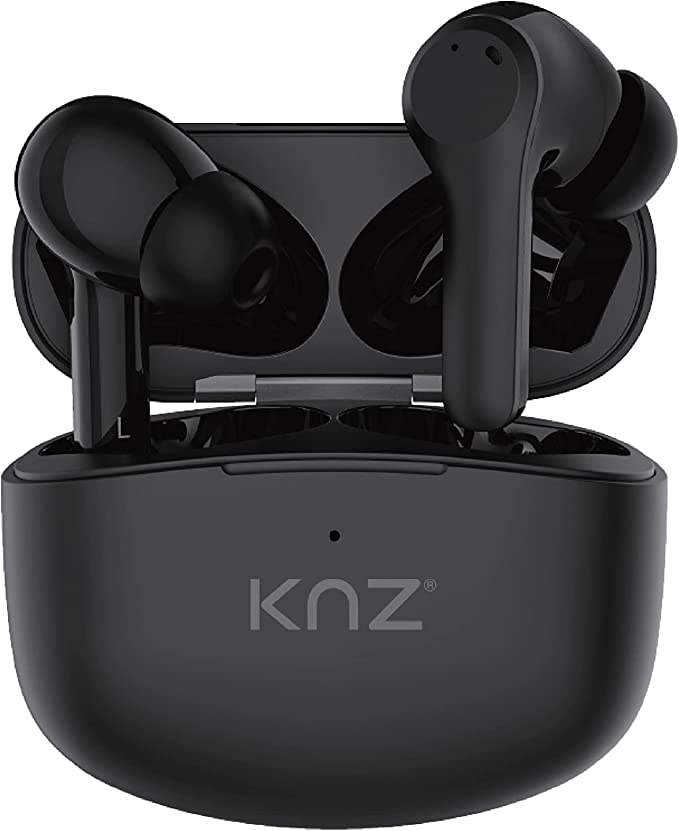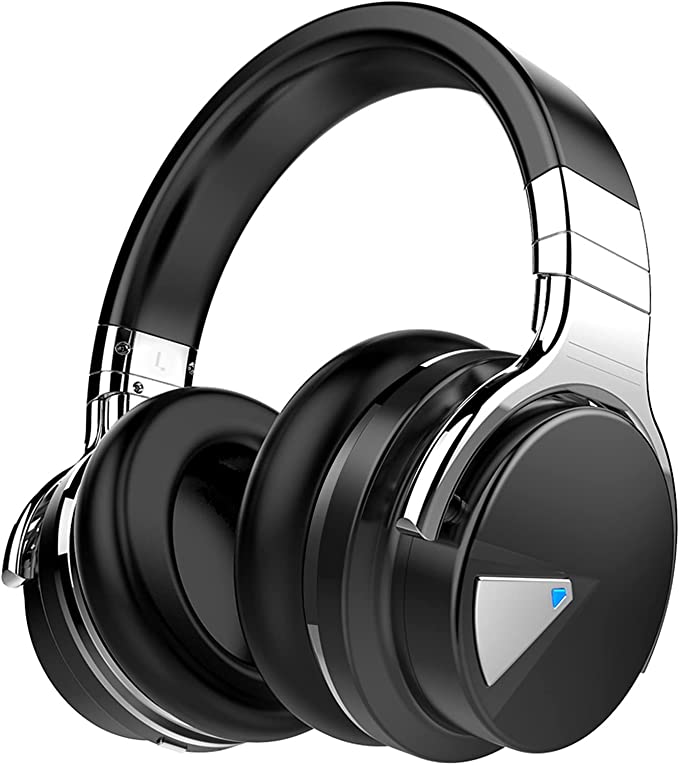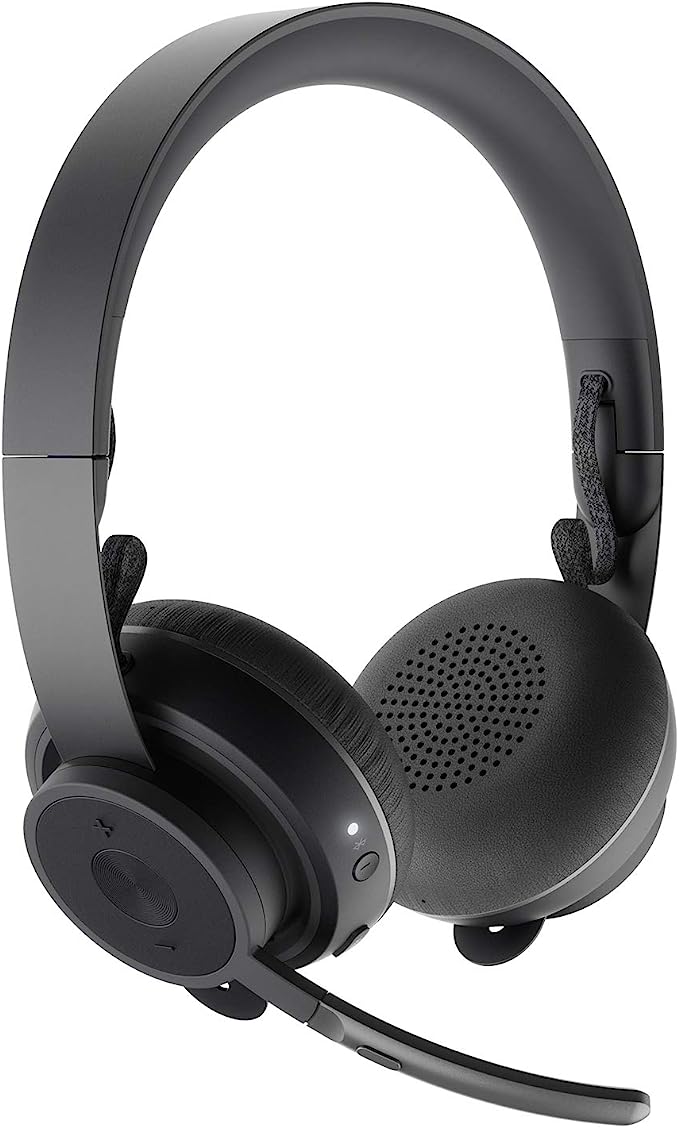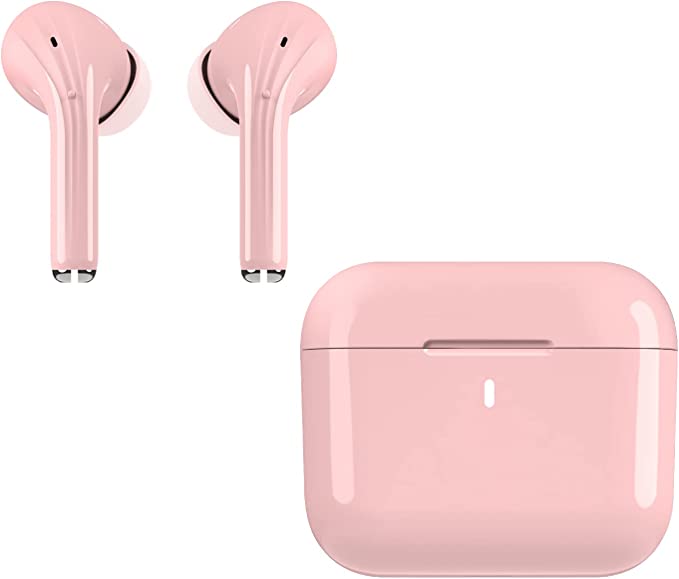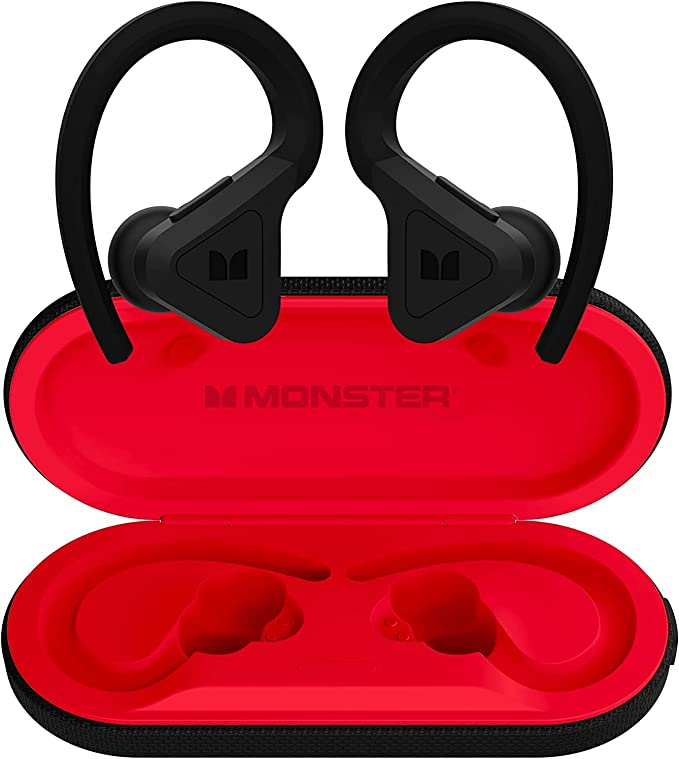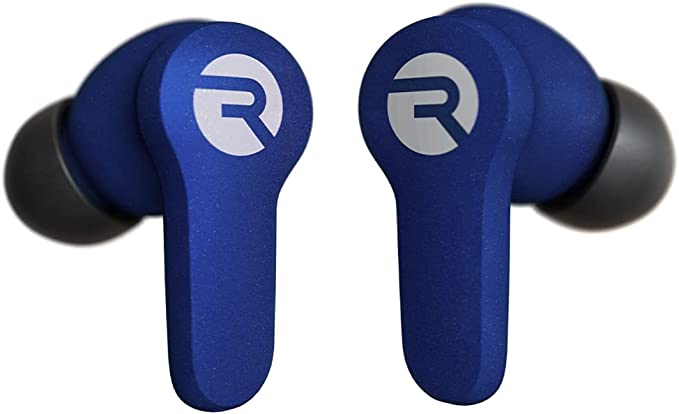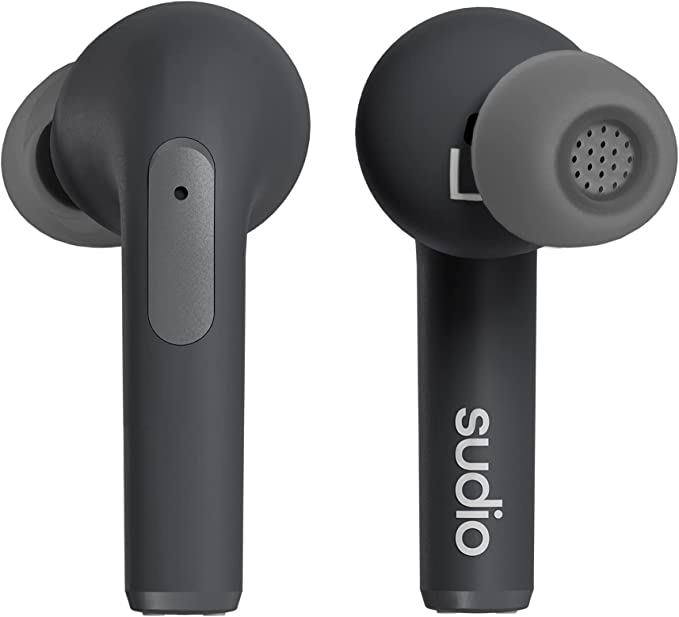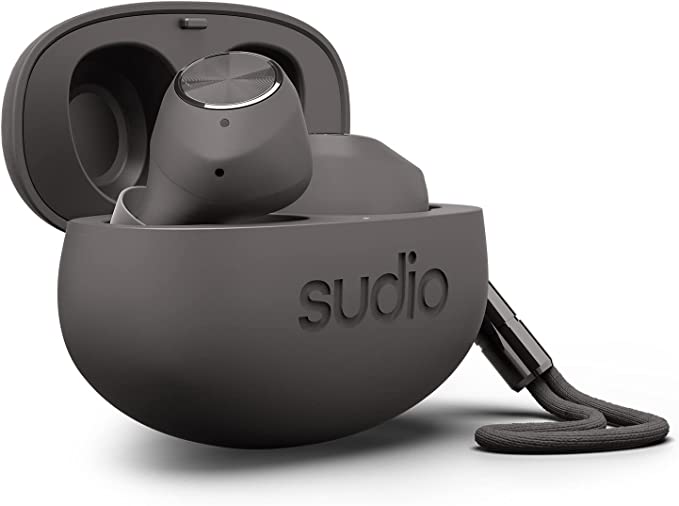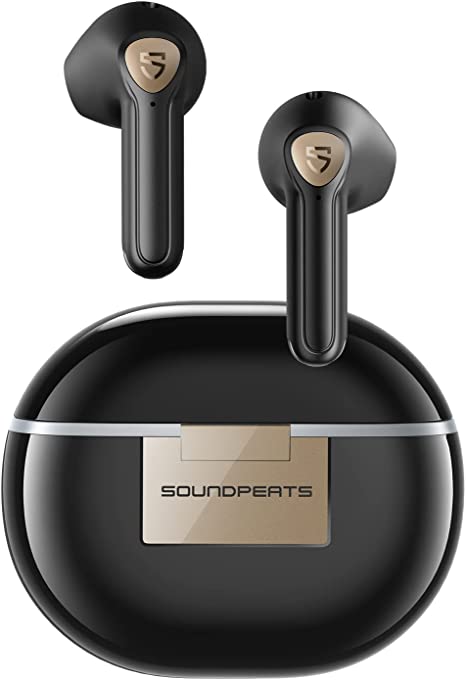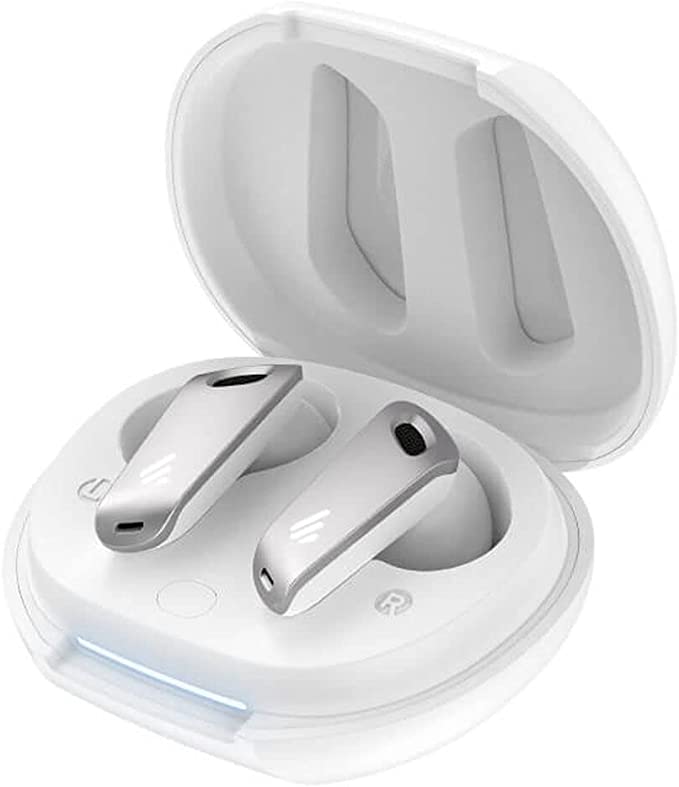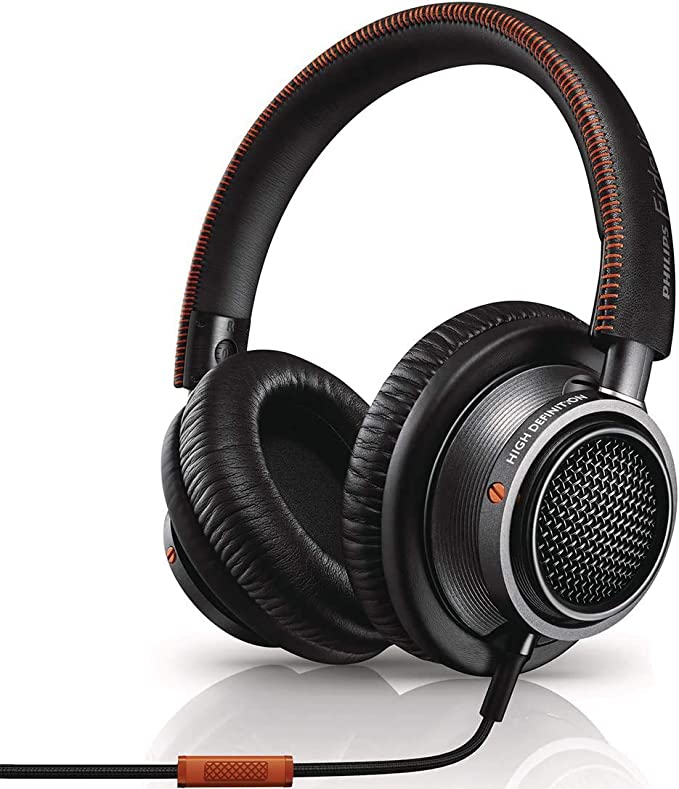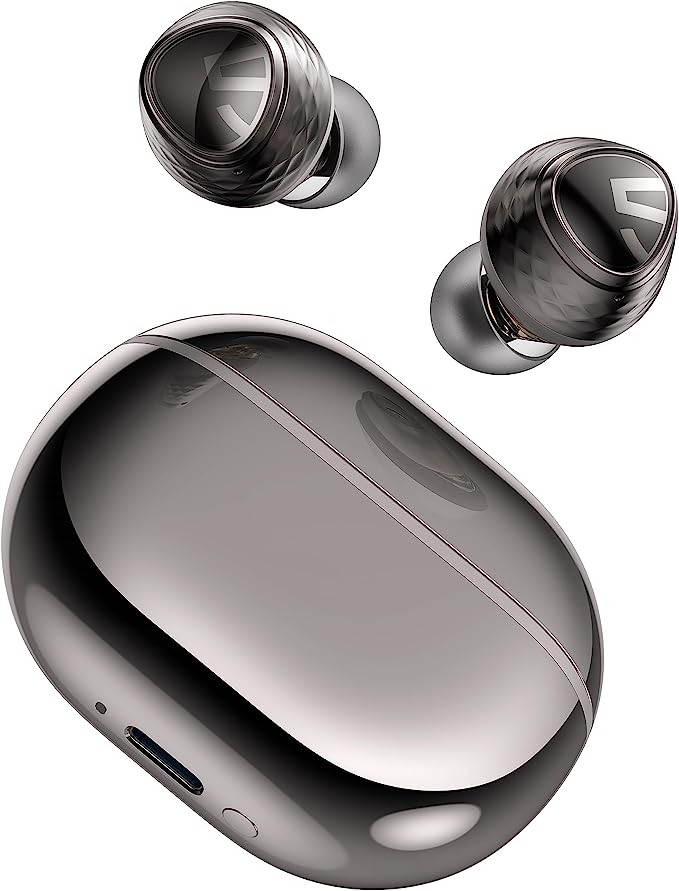Soundcore Life Q35 Headphones: Hi-Res Audio Meets Effective Noise Cancellation
Update on July 4, 2025, 1:26 p.m.
Imagine this. You’re in your favorite coffee shop. The aroma of roasted beans is perfect, the lighting is just right, but the soundtrack is chaos. There’s the high-pitched hiss of the espresso machine, the clatter of ceramic on saucer, and a conversation to your left about someone’s disastrous vacation that’s far too loud to ignore. You have a deadline. You need to focus. So, you reach into your bag, pull out a pair of headphones—in this case, the Soundcore Life Q35—and slip them over your ears.
And then… it happens. The world doesn’t just get quieter; it falls away. The hiss, the clatter, the vacation drama—they all collapse into a faint, distant murmur. A bubble of serene silence inflates around you. In that moment, it feels like magic. But it’s not. It’s science. And the story of how this affordable bubble of peace and high-fidelity sound came to be is a far more fascinating journey than you might think. It’s a story that starts decades ago, at 30,000 feet in the air.

Chasing Silence at 30,000 Feet
The genesis of the silence you now enjoy wasn’t conceived in a sterile Silicon Valley lab. It was born of frustration on a transatlantic flight in 1978. Dr. Amar Bose, a professor at MIT and founder of the audio company bearing his name, was trying to enjoy the airline’s new electronic headphones, only to find the music completely drowned out by the relentless roar of the jet engines. In that moment of annoyance, a revolutionary idea sparked: what if, instead of trying to physically block the noise, you could eliminate it electronically?
This is the principle at the very heart of Active Noise Cancellation (ANC). It’s an elegant piece of physics that feels like a clever trick. Sound travels in waves, with peaks and troughs. The microphones on the outside of the Q35 headphones are constantly listening to the ambient noise around you. The internal processor instantly analyzes that incoming sound wave and generates a new, perfectly opposite wave—a precise mirror image with its peaks where the noise has troughs, and troughs where the noise has peaks. When these two waves meet at your eardrum, they cancel each other out in an act of destructive interference. You’re essentially fighting fire with fire, or more accurately, fighting sound with a meticulously crafted “ghost” of anti-sound.
Early ANC was bulky and power-hungry, reserved for aviation professionals. What makes a modern headset like the Q35 so effective is its use of Hybrid ANC. Think of it as a two-level security system. It has feedforward microphones on the outside of the earcups, acting like guards at the main gate, catching noise before it even tries to get in. But it also has feedback microphones on the inside, near your ear, acting like a security patrol roving the halls, catching any stray noise that might have slipped past. This dual system is far more adept at catching a wider range of frequencies, from the low rumble of a bus to the mid-range hum of office chatter.

The Tyranny of the Cable and the Key to Freedom
For the longest time, a true audiophile experience was tethered by a physical cable. Wireless audio, particularly in the early days of Bluetooth, was a compromise. The dream was freedom, but the reality was a technology built for convenience, not quality. The standard Bluetooth codec, SBC (Subband Codec), was the culprit. To ensure a stable connection with limited bandwidth, it had to compress the audio data, and aggressively so. Listening to a rich, detailed track over early Bluetooth was like trying to drink a gourmet milkshake through a narrow coffee stirrer. You’d get the general flavor, but all the nuance, texture, and richness were left behind.
This created a deep frustration for audio engineers and music lovers. The quest was on for a wireless solution that didn’t sacrifice sound. And that brings us to the key that unlocks the Hi-Res Audio Wireless certification on the Q35: LDAC. Developed by Sony, LDAC is less a stirrer and more a firehose. Where the SBC codec ambles along at a maximum of about 328 kilobits per second (kbps), LDAC can open up to a massive 990 kbps. This isn’t just a marginal improvement; it’s a fundamentally different approach. It provides a data pipeline wide enough to stream high-resolution audio files (like 24-bit/96kHz) with minimal compression, preserving the delicate details, the expansive soundstage, and the dynamic range that makes music feel alive. It’s the technology that finally allows the Q35’s excellent 40mm silk diaphragm drivers to truly sing, untethered.

Can You Hear Me Now? The Art of Being Heard
There’s a great irony in headphones. We buy them to listen, but in an era of constant virtual meetings and calls, we desperately need them to help us be heard. Anyone who has taken a call from a busy street knows the struggle of shouting over traffic, your voice lost in the environmental noise. The traditional solution was a boom microphone, a physical arm extending to your mouth. But how do you achieve that clarity in a sleek, boom-less design?

The answer, once again, comes from adapting a technology from an entirely different field: military sonar and radar. The Q35 uses a technique called beamforming. By using multiple microphones, the internal processor can intelligently analyze the slight time delay it takes for your voice to reach each mic. Through this analysis, it creates a focused, directional cone of sensitivity—a virtual “beam”—pointed directly at your mouth. It’s programmed to prioritize sound coming from within that beam and de-prioritize sound from other directions, like the dog barking or the TV in the background.
But Soundcore adds another layer of modern intelligence on top: an AI-powered algorithm. This algorithm is like a highly trained security guard for your voice. It’s been fed thousands of hours of data, learning the incredibly complex patterns that constitute human speech versus all other forms of noise. So, as you talk, the AI actively identifies your voice and works in tandem with the beamforming mics to filter out everything else. It’s computational wizardry that allows your voice to cut through the noise with startling clarity.

A Milestone in Your Hands
So, as you pick up these headphones, take a moment to appreciate what you’re holding. It’s not just a piece of plastic and electronics. It’s a pocket-sized museum of solved problems. It holds the ghost of an idea born on an airplane, the solution to a data bottleneck that plagued early wireless audio, and the echo of sonar technology designed for submarines.
This is the beautiful, relentless march of technological democratization. The science that was once developed for multi-million-dollar defense projects or was the exclusive domain of professional pilots and recording studios has been refined, miniaturized, and made so efficient that it can live inside a pair of headphones you can buy without a second thought. The Soundcore Life Q35 is a remarkable testament not just to clever engineering, but to the principle that the best ideas don’t stay locked in labs forever. They find their way into our hands, onto our heads, and quietly, brilliantly, make our lives just a little bit better. And as for what comes next in the world of audio? That’s a story for another day.


